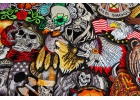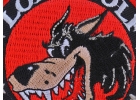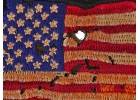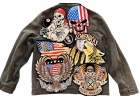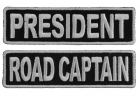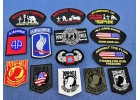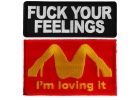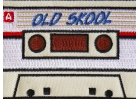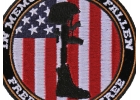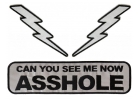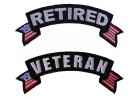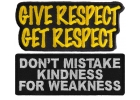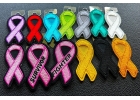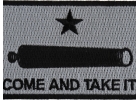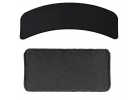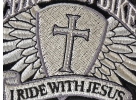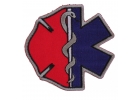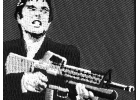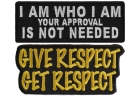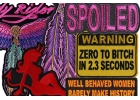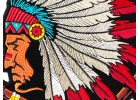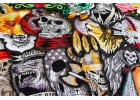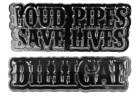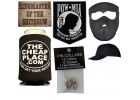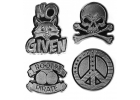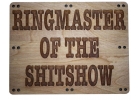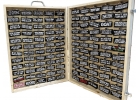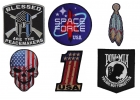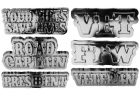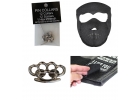
The hard sand of Daytona Beach, Florida has attracted people with a need for speed since people started using motorized vehicles. Bikes were very fast on the sand and each year Daytona has what is called "Bike Week," a long party celebrating the art of the motorcycle. This year will be the 75th event. It started in 1937 with a race called the Daytona 200. The race was sanctioned by the American Motorcycle Association, and was on a course that included the beach and city streets.
The Early Days
The first race was held on Jan. 24, 1937 on a 3.2 mile course south of the city of Daytona Beach. Ed Kretz, of Monterey Park, Calif., was the winner of that race and averaged 73 miles per hours. In those early days of the race, because they were using the beach, they had to adjust the time each year depending on the tides. The race was held yearly until 1942, when it was stopped for World War II. Even though the race was stopped for a time, people still showed up the last week of January for a party that they called "Bike Week." The bike week tradition was thus born, even though the roots go back to the first race.
The race aspect returned with Bill France getting it organized. The 1947 race had 176 riders, and people of the city let bikers stay in their homes because all the hotel rooms were full. France went on to start what became NASCAR and the Daytona 500 car race. A new course was built in 1948, which was 4.1 miles long and further to the south. It was held there until 1961, when it was moved to the Daytona International Speedway.
The Most Popular Ride
While the race got it all started, Bike Week itself is about bikes and riding them. One of the most popular rides is the 30 or so mile loop from Daytona Beach, through Ormond Beach and into rural areas to the south. The ride goes through beaches, open country, woods and big curves.. A highlight is to stop at Ormond Park and see one of the oldest living oak trees in the state.
After World War II there developed tension between the townspeople and bikers. Relations were not always good and people started calling it an invasion. Relations gradually deteriorated between the bikers, police and the residents of Daytona Beach. There were reportedly outlaw biker gangs that would come and collect a tax from vendors to allow them to sell their wares. The city had to step in to stop the practice, and it continued to deteriorate until 1986. After the 1986 event everyone got together and solved their differences. They established a 10-day festival that is more organized and more peaceful. Today as many as 500,0000 people may descend on Daytona Beach for the big week in March, but there are a lot of non-bikers there too. The event has taken on a more family friendly atmosphere and the event continues to grow.
